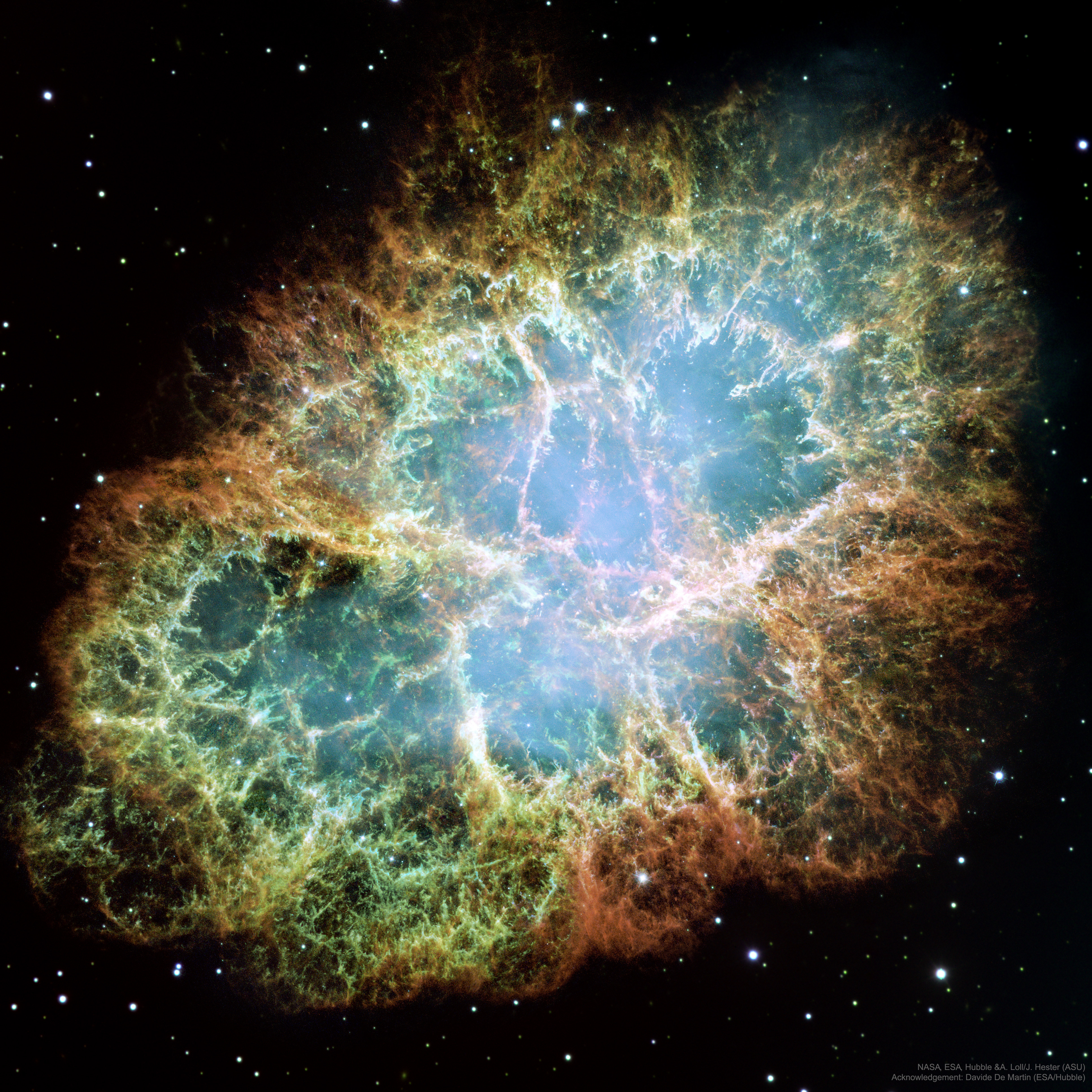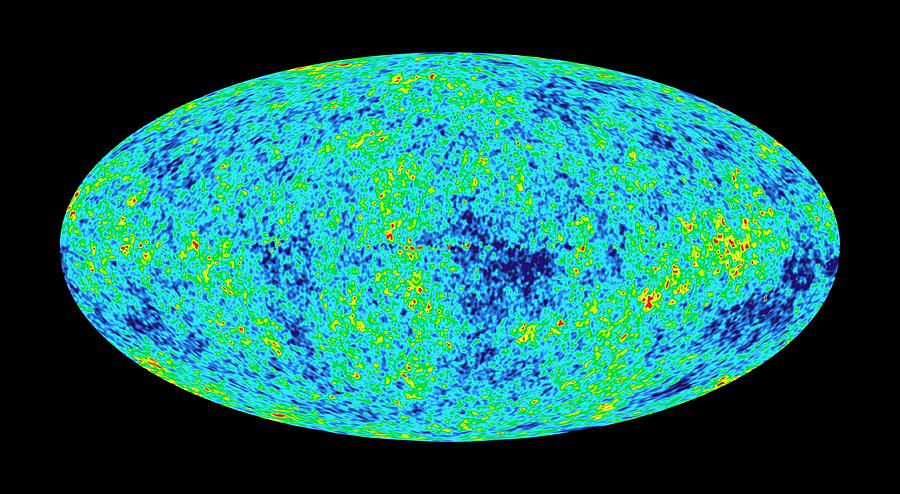In our last blog, we explored how astronomers discovered that the universe is expanding.
We looked at redshift.
In this blog, we’ll see how that discovery led to our current idea of how the universe began.
We’ll now turn to the Big Bang theory.
Big Bang theory is our best idea of how the universe began and developed.
It has solid evidence to support it and has stood the test of time.
It is also one of the great discoveries of science.
Time and theUniverse
The redshift of light showed that galaxies appeared to be moving away from us.
In fact it is space that is expanding and taking galaxies with it.
As time goes on, the universe becomes ever larger.

Webb Deep Field. ESA
It follows that if we turn the clock back, the universe was smaller.
Go back in time a long way and the universe was very small.
That small universe became bigger and has been expanding ever since.
This is the basis of the Big Bang theory.
The universe has a beginning, a creation.
It began small, then became larger and has been getting bigger ever since.
Big Bang
The Big Bang theory says that the universe began 13.8 billion years ago.
It began as a tiny point, a singularity.
The singularity appeared out of nothing.
That single point of matter and energy was unimaginably hot and infinitely dense.
In a tiny fraction of a second, the singularity suddenly became trillions of times bigger.
That sudden expansion became known as the Big Bang.
And the universe has been getting bigger ever since.
After Big Bang
As the universe became bigger, it cooled down.
Particles were formed – protons, electrons and neutrons came into existence.
They formed the first simple atoms – hydrogen and helium with a touch of lithium.
Under the force of gravity, hydrogen gas created stars.
The stars collected together to form galaxies.

Star cluster: NASA/ESA Hubble Space Telescope
Those early stars turned hydrogen into helium and heavier elements like carbon, nitrogen and oxygen.
Many were massive and short-lived. They made elements up to iron.
These huge stars exploded as supernovas, producing heavy elements like lead, silver and gold.

Crab Nebula, M1: NASA / ESA / HST
The dust from dying stars spread through their galaxy.
That stardust provide the raw material for planets.

Creation and development of the Universe: NASA / WMAP
13.8 billion years on, the universe is expanding space, populated with billions of galaxies.
Steady State Theory
Some astronomers did not agree with the Big Bang theory.
In the 1940s, they put forward an alternative, the Steady State theory.
This agreed that the universe was expanding – but their was no beginning.
Instead, as space becomes bigger, new matter is created.
The new matter forms new stars and galaxies.
As distant galaxies move out of sight, new ones replace them.

Big Bang v Steady State: Slideshare
The result is that the universe always appears the same.
The universe has no beginning or end, it has existed forever.
Evidence
Obviously both Big Bang and Steady State could not both be correct.
Astronomers looked for evidence that would decide the argument.
1. Cosmic Microwave Background
The strongest evidence arrived in the 1960s.
Two telephone engineers, Arno Penzias and Robert Wilson, accidentally discovered radiation coming from all over the sky.
Their radio telescope had found the Cosmic Microwave Background radiation.
Penzias & Wilson with their radio telescope.
It was realised that this was light from just after the Big Bang.
Redshift has moved the wavelength into the longer microwave part of the spectrum.

Cosmic Microwave Background radiation, CMB: NASA / wmap
The radiation gave a temperature for the universe of 2.7 degrees Kelvin ( minus 270.3C).
That’s 2.7 degrees above absolute zero.
The Big Bang theory predicted exactly this radiation and temperature..
This is the key evidence in support of Big Bang.
2. First Elements
The Big Bang theory predicts the first elements to be formed after the creation of the universe.
They are hydrogen and helium (with a little lithium).
And indeed, hydrogen and helium are the most abundant elements in space.
Hydrogen accounts for 91% of atoms in the universe, helium about 7%.
3. Quasars
A quasar is the active centre of a young galaxy.
Powerful radiation comes from material falling into a massive black hole at the galaxy’s centre.

Artist’s impression of black hole jets. Credit: NASA/CXC/M. Weiss
Quasars are found at great distances.
That means that they are only found back in time.
They are not spread through the universe.
Steady State theory cannot account for this.
But it fits Big Bang perfectly.
Big Bang fits the evidence
The Steady State theory could not account for these powerful pieces of evidence.
Almost all astronomers now discount Steady State.
The Big Bang is established as the foundation of cosmology.
Observations support the Big Bang theory.
Big Bang describes the origin and expansion of the universe.
Conclusion
The Big Bang theory is one of the most significant ideas in science.
It describes the early cosmos, it’s expansion and the development of stars and galaxies.
However Big Bang does not give a complete explanation of how space and time were created.
The theory doesn’t explain how the universe came to exist, where that singularity came from.
It can’t say what happened before Big Bang – or even if there was a before.
These are fundamental questions to be answered by the next generation of scientists.
You may find the answers!

The author: Dennis Ashton is a Fellow of the Royal Astronomical Society and a Wonderdome presenter.
Would you like to hear more Astronomy news?
Do you want to to find out about our upcoming public events?
Follow WonderDome Portable Planetarium on Twitter and Facebook or go to our web site wonderdome.co.uk


